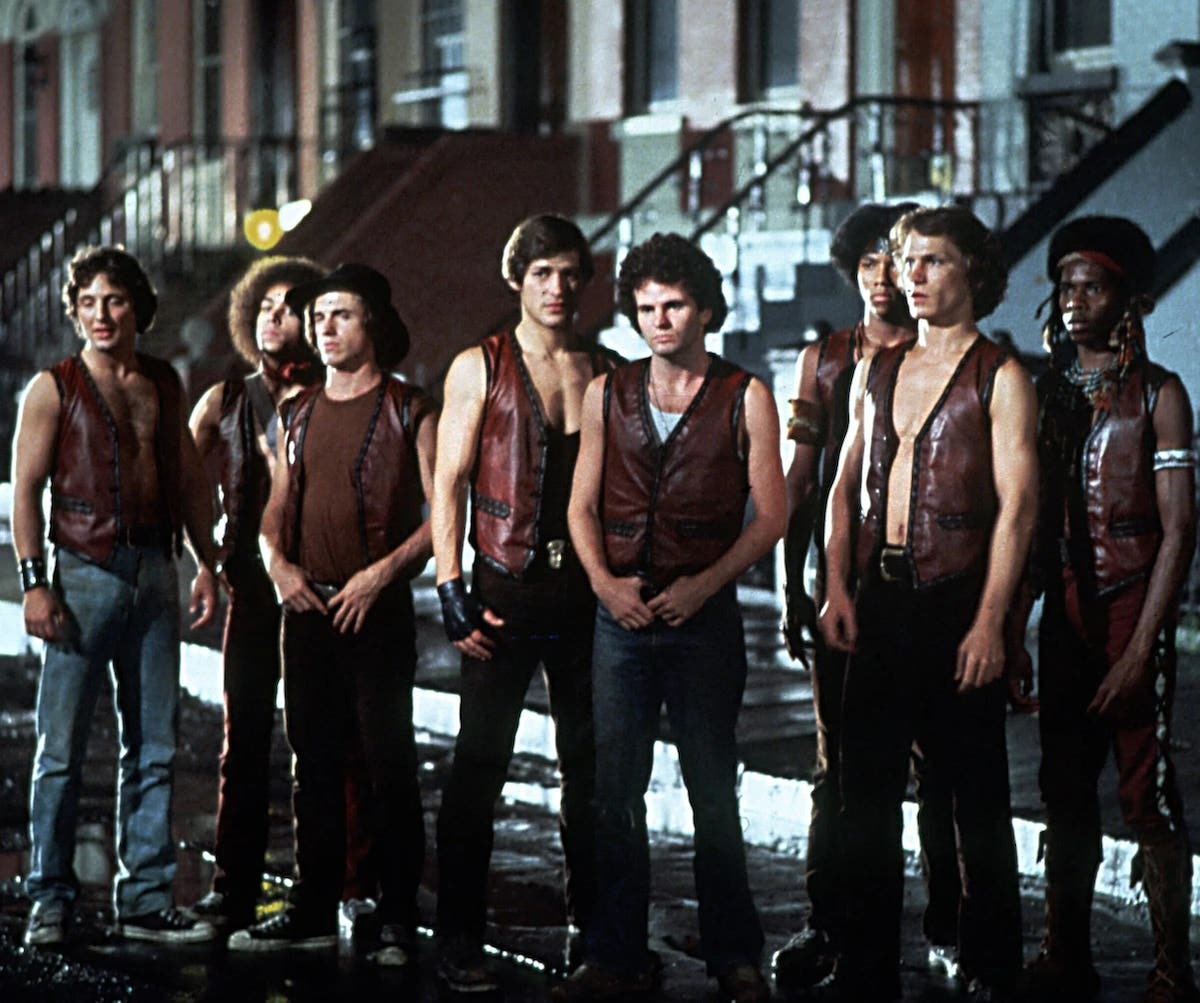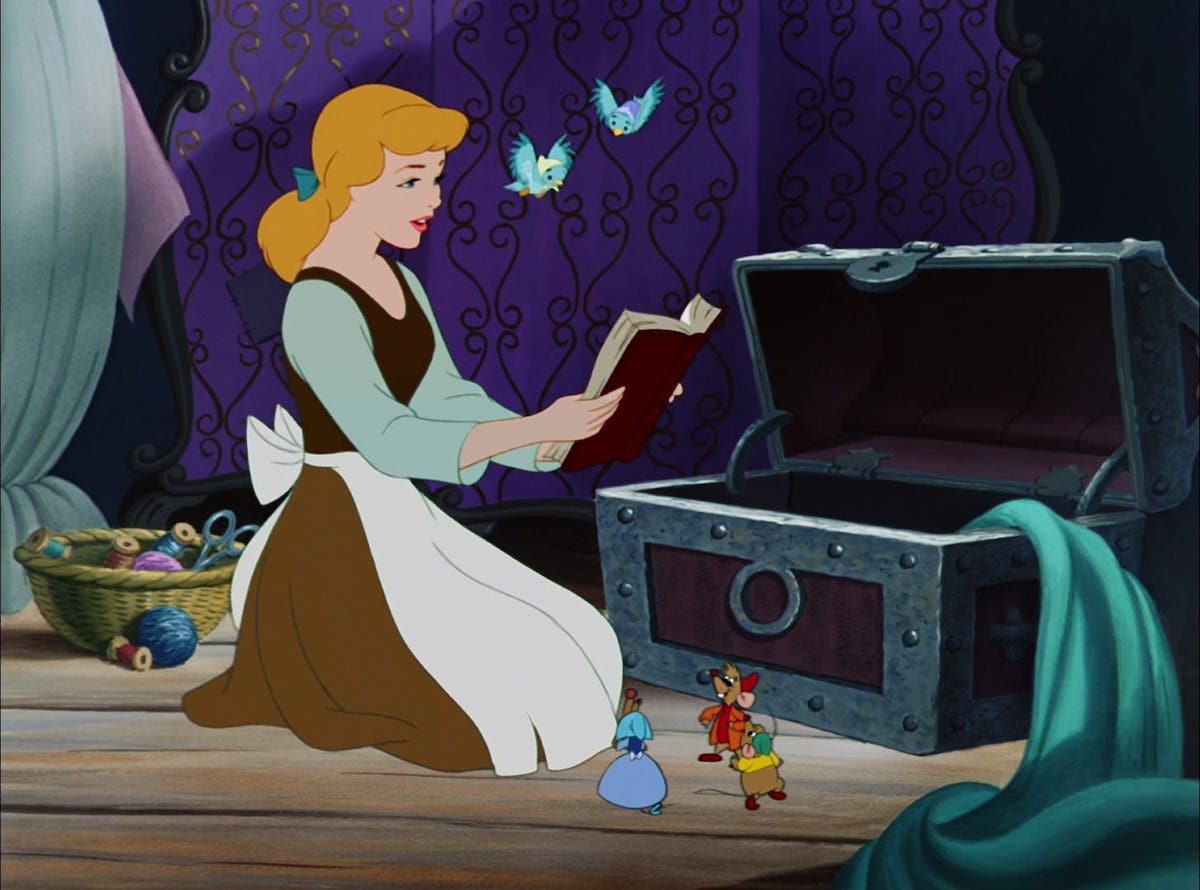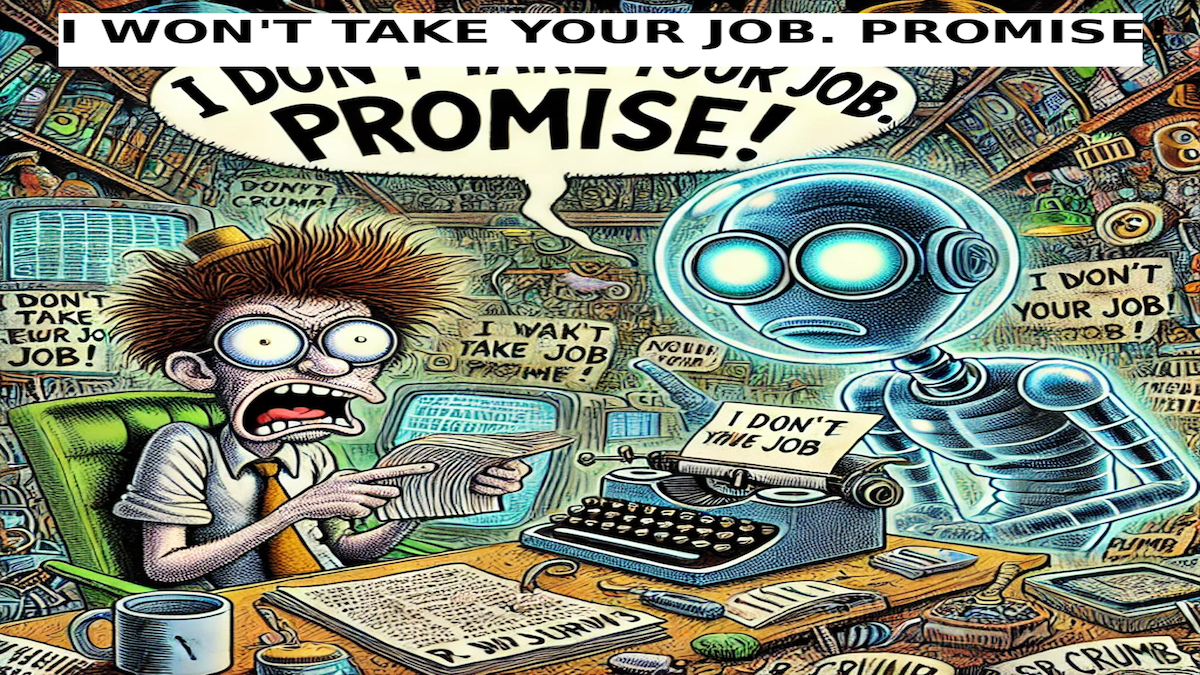WRITERS ON WRITING: Michael Davis on Shoot ‘Em Up
Some of my scripts start with research. Some by throwing down as many ideas as I can. I hoped I could answer the bigger question in Shoot ‘Em Up. Read more.
By Michael Davis
“When I am stuck, I go through my notebooks and put together a list of material I might use. It fools me into thinking I have plenty of material for a story... ”
Questions and Answers
Some of my scripts start with research. Some start with throwing down as many ideas as I can. Sometimes, just this process helps me answer the bigger questions. So, that’s what I tried. I created a stew of Shoot ‘Em Up ideas in hopes that from it, the bigger question would be answered in the process.
I carry around a notebook. In it I write down things from my everyday life that strike me in some way. A cashier once told me she had “root beer-colored eyes.” I eventually put that in one of my films. Over time, I’ve collected thousands of moments not knowing how I can use them. When I am stuck, I go through my notebooks and put together a list of material I might use. It fools me into thinking I have plenty of material for a story and I forge forward. When any of these personal observations makes it into the finished version, I feel—for better or worse—the script becomes something only I could have written.
A notebook idea ended up in the Shoot ‘Em Up script. It was a dirty limerick my dad told me when I was a kid. After Smith delivers the baby, he encounters Hertz, the leader of the assassins (Paul Giamatti). From Hertz spouts my dad’s limerick because it oddly applied to the scene:
HERTZ
I was just remembering a limerick. “There
once was a woman who was quite begat. She
had three babies named Nat, Pat, and Tat.
She said it was fun in the breeding... But
hell in the feeding... When she found there
was no tit for Tat.”
(beat)
You have caused me a great deal of trouble.
Now, I shall return the favor. Tit for tat.
The tit-for-tat line became the basis of the one-upmanship dynamic between Smith and Hertz through the story.
The Shoot ‘Em Up laundry-list process didn’t help me answer the question why the baby was the target. Still blocked, I decided to table the question again and try to accomplish something else. I thought about the reason I wanted to write the script—I’m an action junkie who wanted to make a film with all the possible variations of gunplay I could imagine. I started listing these variations—gunfight during baby delivery, gunfight during sex, gunfight while freefalling from a plane. And so on...
After doing this collection of gunfight-centric action scenes, the plot (the reason why the killers want to kill the baby) became clear. I’ll save that reason for you readers to see in the theater, but the answer became that the opponent’s goals needed to be gun-centric just like the spirit of the rest of the script.
At the answer, I paused. Once again. Was it a mistake? Should I have a less gun-centric plot because there were so many pistols and bullets in it anyway? I moved forward telling myself that the plot engine was part of the script’s bang-bang style.
Sketching the Story
As a former storyboard artist, I like to sketch as part of my writing process. It helps break the whiteness of my blank page of notes. These sketches emerge almost from the subconscious while I am thinking of some other problem. One day, I sketched a pile of dead bodies on the floor ... then, out of nowhere, I looked at the dead bodies and thought there’s an idea here. What if Smith created the pile of bodies then stepped over them so he could reach something or get over an obstacle? I turned it into this:
A KILLER uses a bookcase as cover. Smith can’t take him...
...until he shoots three men, who fall atop of one another.
Stepping on top of the human pile allows Smith to leap...
...over the bookcase and shoot the killer taking cover there.
Before writing action, I draw thumbnail sketches of the sequence, often revising the crude sketches. The cruder the sketch, the more comfortable I am at changing ideas. I would draw and redraw, like rewriting. The drawings allow me to see the action before I write.
I have thumbnailed on many screenplays. On Shoot ‘Em Up, I took it one step forward. I animated the action scenes. I wanted the action to flow like a dance—fluid, kinetic, and full of ideas. My hand drawings were enough sketches for me to animate 15 minutes of the movie.
I created the animation entirely in the computer with a Wacom® tablet, a computer program called Painter, and my Mac’s iMovie® program.
The animation helped make the action better. I animated this bit where the baddies are shooting at Smith. He slides under a table and kicks it so the table surface is now vertical—held up by two legs on the floor. The table acts as a shield for Smith. The animation showed that it was a cool way for Smith to use his environment for protection... But the flow of motion stopped in place once the table shield got in position. So, I reanimated the sequence so the table is only momentarily vertical while protecting him from bullets. Then, the table tips and, as it does, Smith descends, firing at the guys in front of him. The motion continued. I animated the table so it see-sawed over junk on the floor. The back end of the table now tips up, and the back of the table can protect Smith from a gunman behind him. The incline of the table helps Smith slide forward to grab the Uzi of a fallen assailant and take down the man from behind. The sequence now had more flow and dynamics than before—something I couldn’t initially see on the written page.
Just as ideas flood my head while in the process of writing on a keyboard, I also get a flood of ideas when I’m drawing. Writing and drawing storyboards are both about creating images. The mental state is really the same for both actions.
After film school, I became a storyboard artist. I thought this was a way to writing and directing because people could see I was making a movie, only it was drawn on paper. I was wrong. Years later, I felt it was a dead end. I was a tool rather than someone to promote. For the longest time, I thought this was a big life mistake. Now, luckily, this skill is an asset to my writing and filmmaking.
Drawing from Real Life
The Shoot ‘Em Up script enabled me to turn other life mistakes into positives. In 1989, I wrote a screenplay about Alfred Kinsey, the famous sex researcher. It won screenwriting awards. I got big actors and directors interested. Long story short, another Kinsey movie was made a decade later. I was angry at the fates and angry at myself for not figuring out how to get my Kinsey script made.
During this time, I found myself getting angry at the little things in life. I’d get angry at everything from people who make smacking noises while eating to luxury cars taking up two parking spaces to avoid being dinged.
This anger eventually manifested itself in the hero of Shoot ‘Em Up. Smith gets mad at the same little things in life that pissed me off. And like me, I made Smith fail to confront a bigger anger inside him stemming from a past failure. I like this because not only did I add my own voice to the narrative, but I found a way to make the hero identifiable as a real person. Here’s one of my favorite scenes:
The Mercedes changes lanes again without using a turn signal.
MR. SMITH
Ah look. There he goes again.
Smith hits his turn signal. He changes lanes and follows the
Mercedes.
MR. SMITH
See, I move my finger one inch to use
my turn signal. Why are these assholes
so lazy that they can’t move their
finger one measly inch to drive more
safely?
The driver sips a latte, taking his eyes off the road. Smith
speeds up.
MR. SMITH
You want to know why?
DQ
Not particularly.
MR. SMITH
Because these rich bastards had to be
callous and inconsiderate in the first
place to make all that money. So when
they get on the road, they can’t help
themselves. They have to be callous and
inconsiderate drivers, too. It’s in
their nature.
When I sit at the computer to write, I make sure I have very few things going on in my life. I like to write a first draft fast.
I have to write fast so I can outrace my self-doubt.
Inevitably, I always think my story sucks at about the halfway point. I become depressed. The only way to get through the pain is to finish.
Here again, the “Our mistakes are our style” adage helps. I con myself into thinking my material will be fresher because by writing so fast, I don’t overthink stuff . I sometimes get crap and sometimes have a few happy accidents. Worst case, by living with the inevitable mistakes, I get to the finish line.
Finally, I am not smart enough to start with a specific, fully realized theme when starting a script. With past screenplays, I have found if I start this way, and if I make all the events work to illustrate theme, my stories become like a mathematical equation. There’s always a right answer to a math equation, but they are often boring. I prefer to have themes that work but not perfect equations. The openness to interpretation (to me) makes the stories more interesting.
Perhaps it’s a mistake to have only a vague plan when it comes to theme and hope that the jambalaya of ideas will come together. But, I have faith in the process. I put in bits and pieces stolen from my own life in my scripts. I believe if these things are interesting enough to end up in a story, then these ideas are speaking to me in some way. Sometimes I don’t yet know why. I believe that they have some kind of truth that I haven’t mined yet. That’s what makes writing the script interesting. I like to be surprised as to why all these ideas spoke to me. I need a discovery process within the writing of the script or it becomes just a tedious process of transcribing my notes.
In Shoot ‘Em Up, Hertz, the assassin leader, constantly calls home to his wife. I liked the irony of the killer also being a family man. This, along with Smith’s taking on a baby, were standalone, interesting narrative ideas, but together, they were clues that my theme was about having a family and how they can help us heal.
I used to beat myself up over mistakes I made in my life and in my screenplays. Now, they don’t seem so bad since they led me here.
As a multi-hyphenate, writer-director-storyboard artist MICHAEL DAVIS brings a strong vision to each phase of making a film. His screenplays include Kinsey Reports, about the world’s first sex researcher Alfred Kinsey, which was a finalist in the Academy of Motion Picture Arts and Sciences Nicholl Fellowships. Davis’ other writing credits include Eight Days a Week and 100 Girls. His most recent directorial effort, Shoot ‘Em Up, is the sixth feature film that he has both written and directed. Davis also recently finished writing his first novel, Lawrence of Suburbia.
Originally published in Script Magazine July/August 2007
How to Write An Action Thriller They Can’t Put Down
How to Embed a Narrative “ticking bomb” into the Story
How to Create Fresh Dialogue That Informs the Characters and Action.
How to Conceive and Write Action Sequences That are Easy and Thrilling to Read
Top screenwriting and film publication, founded in 1989, published by Active Interest Media. Twitter: @scriptmag







